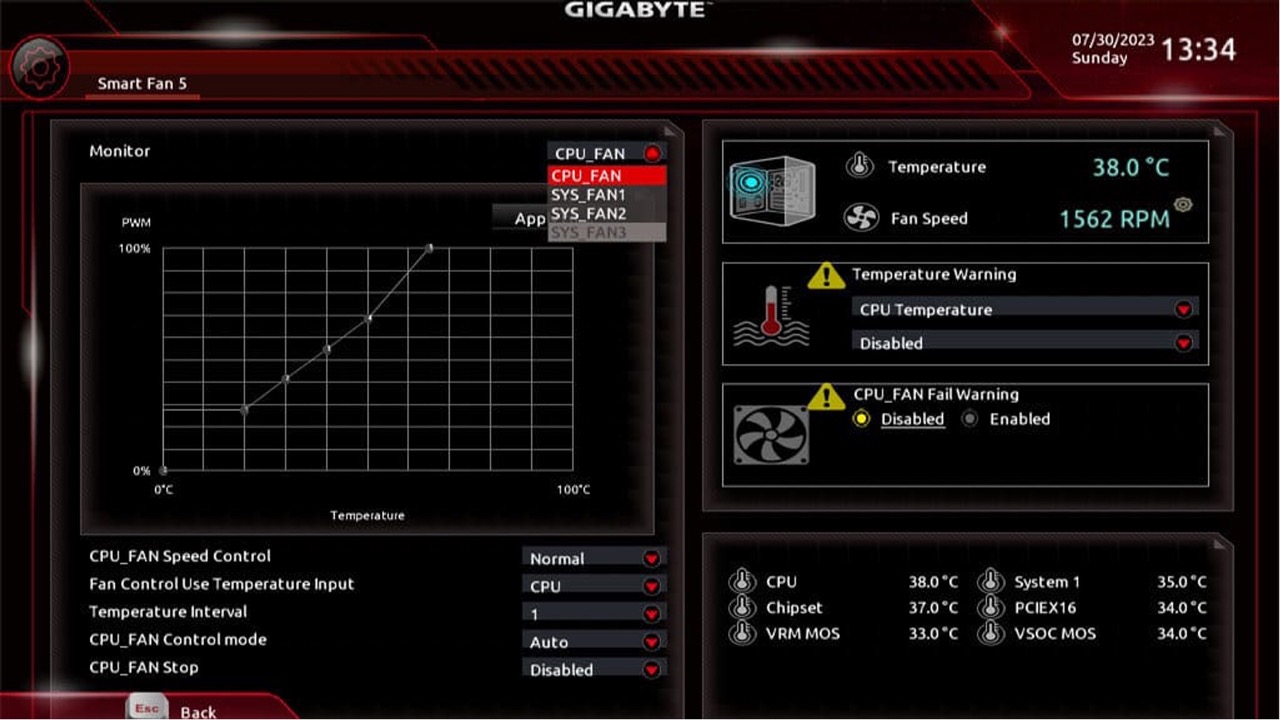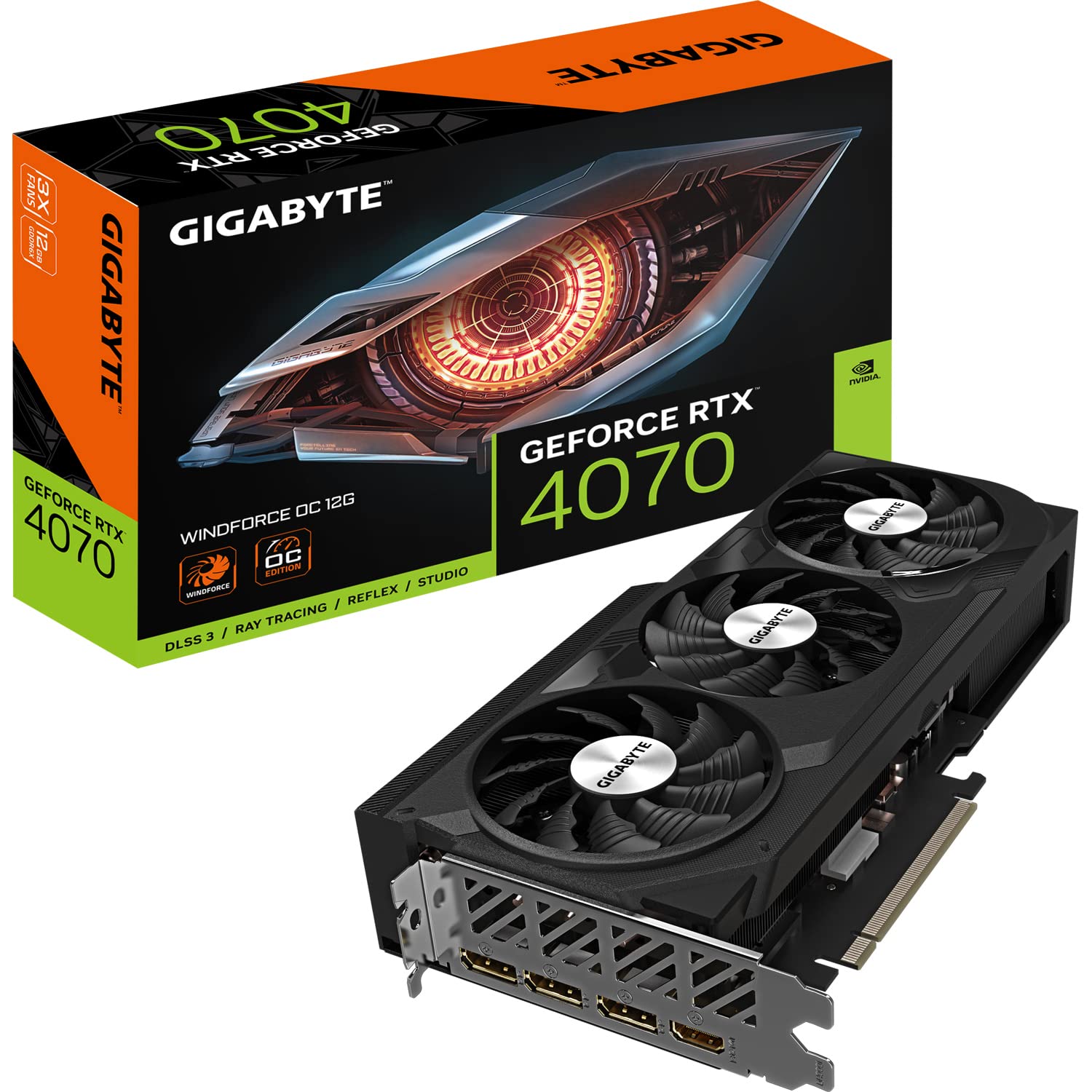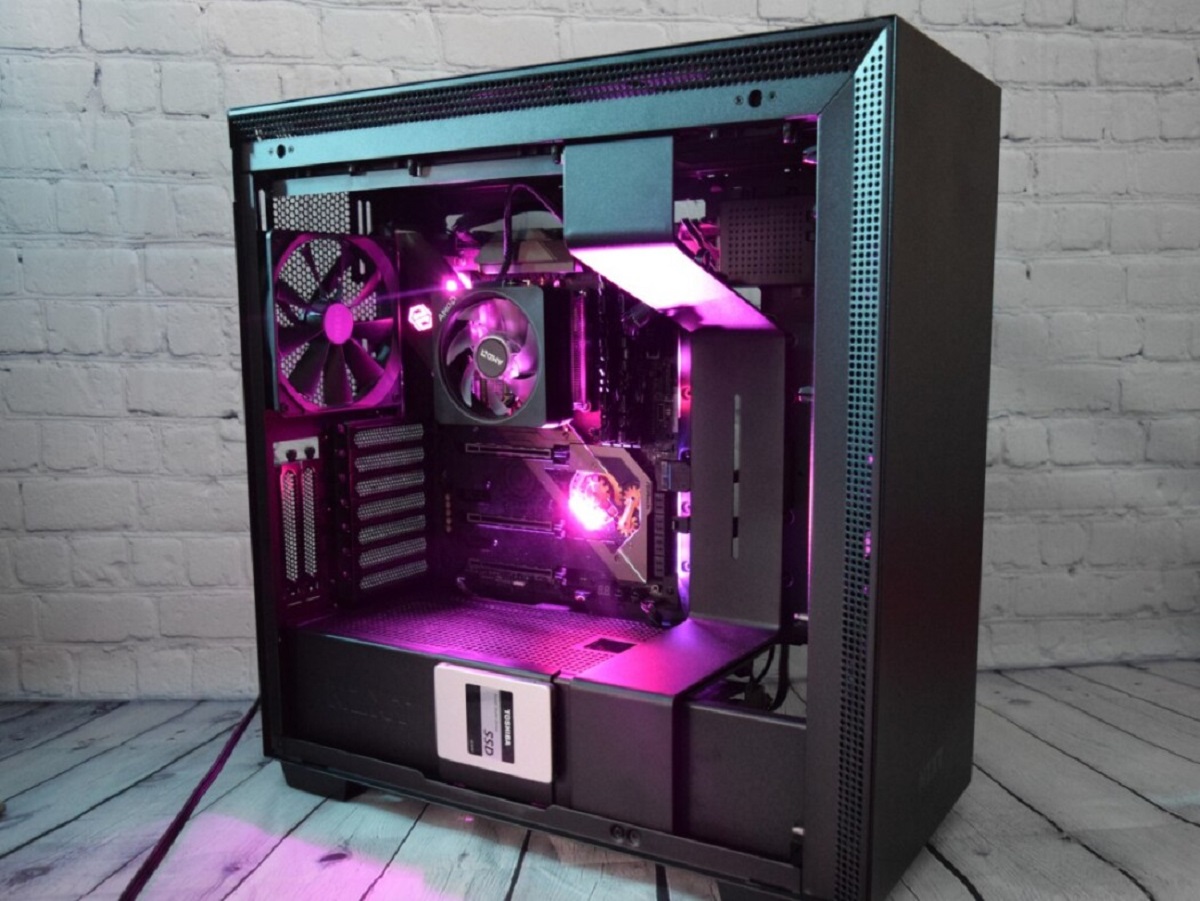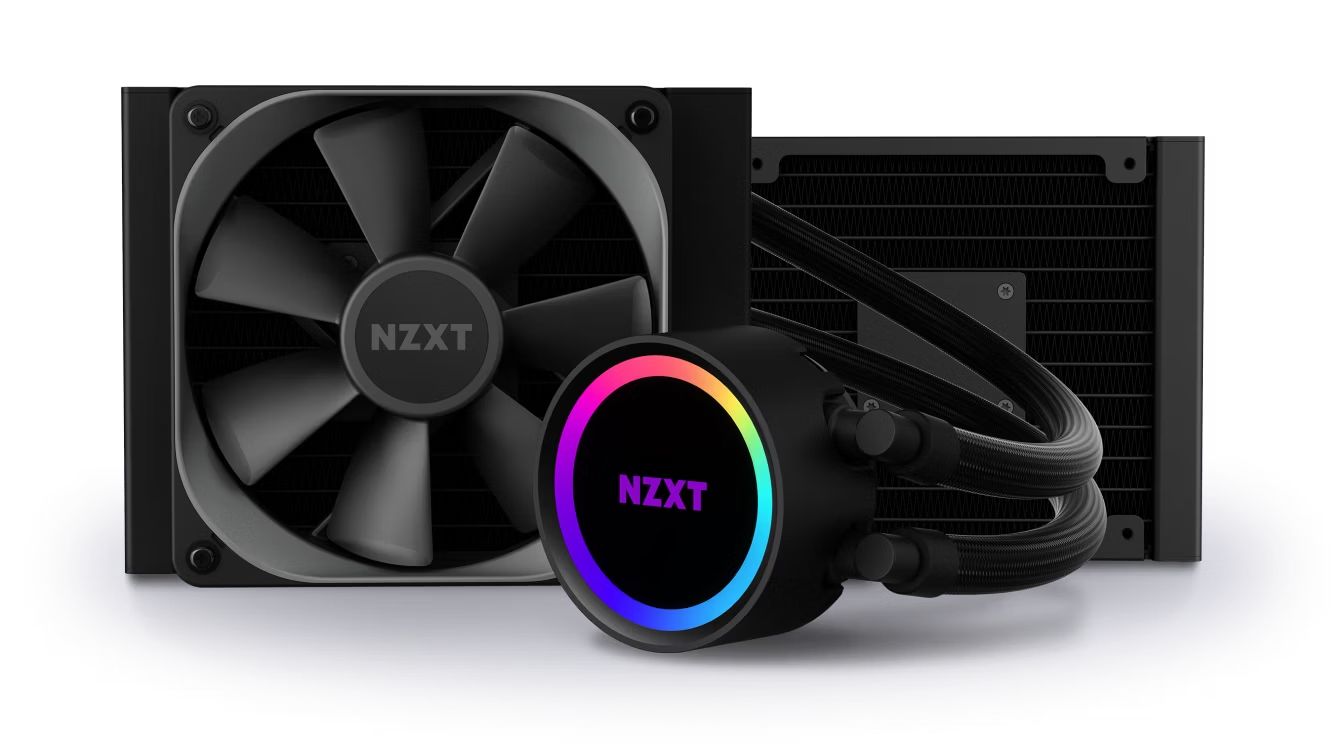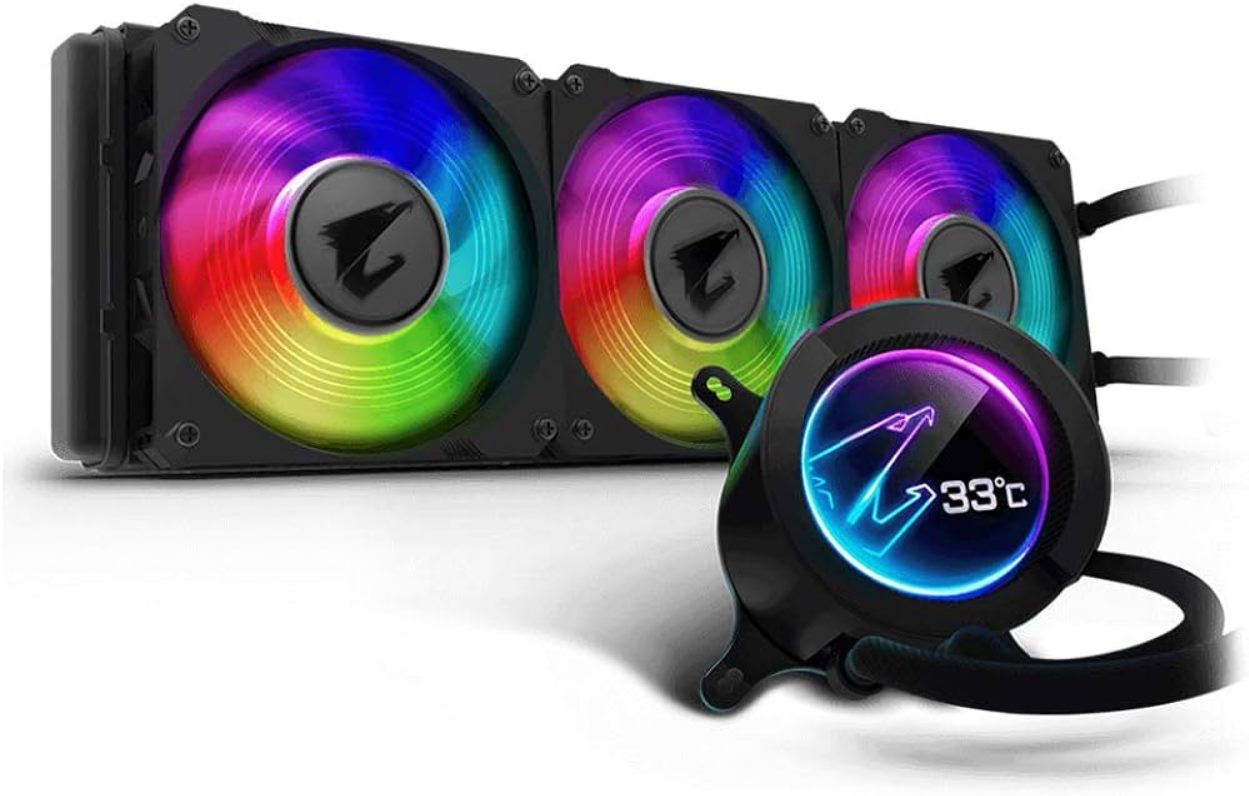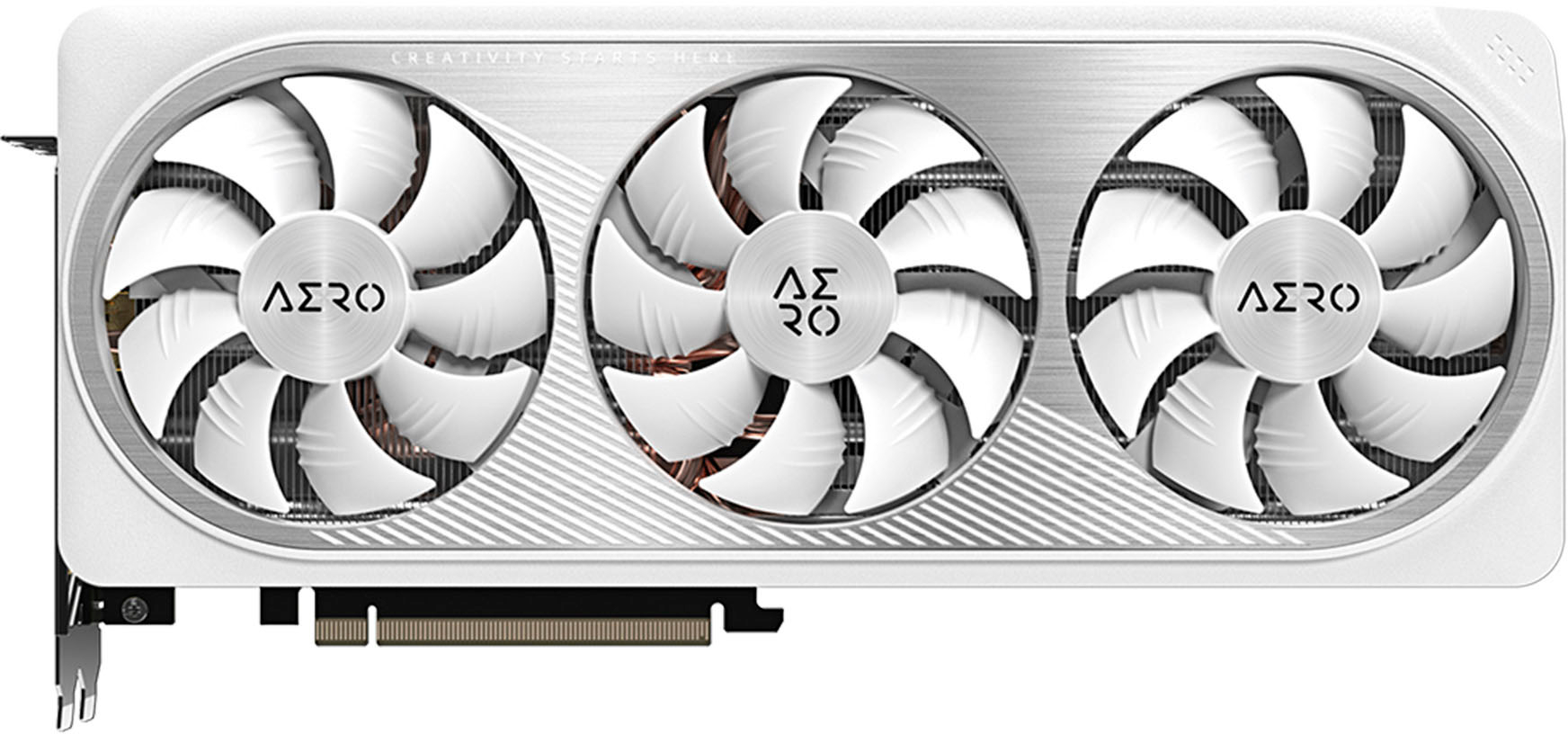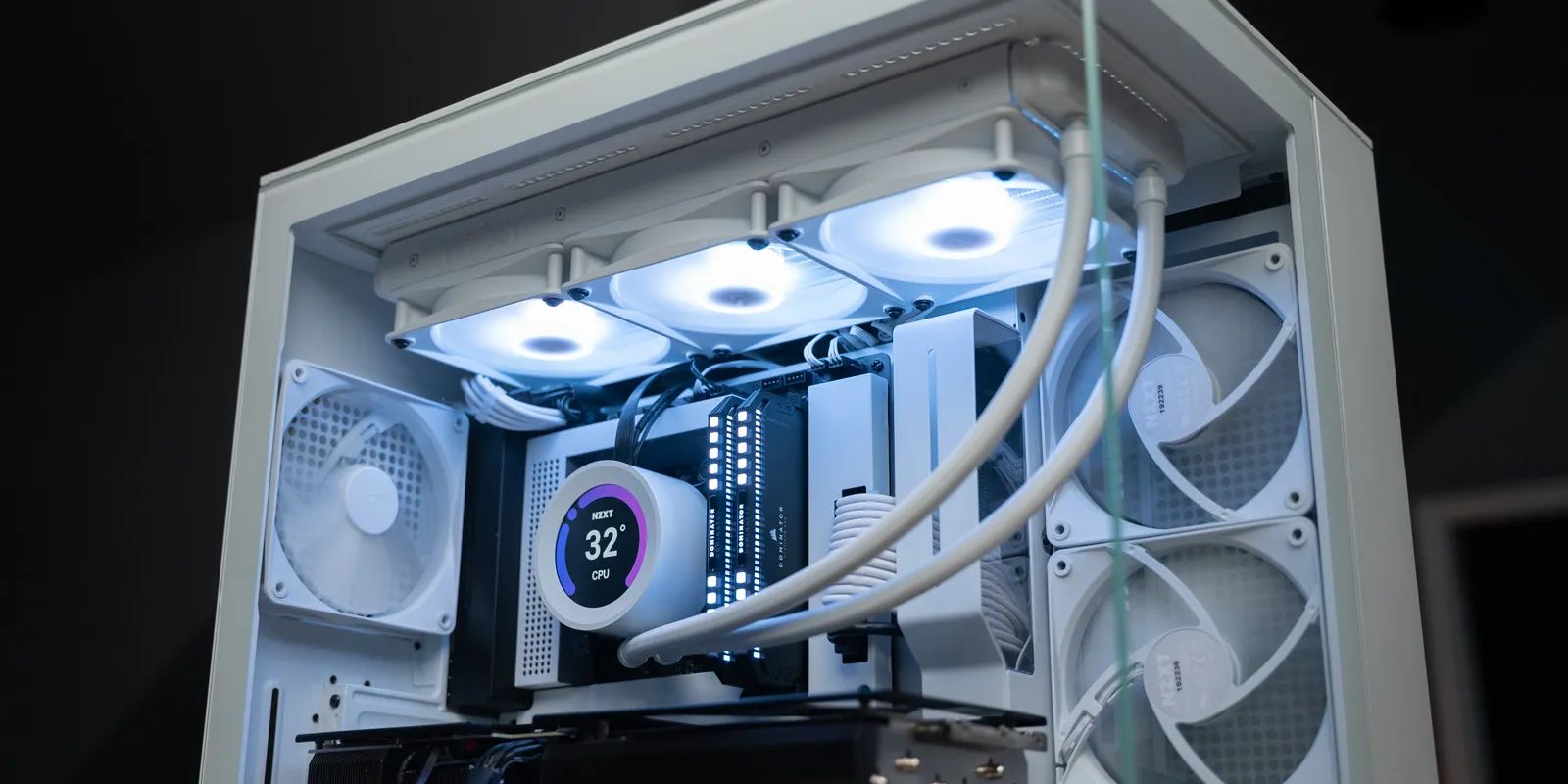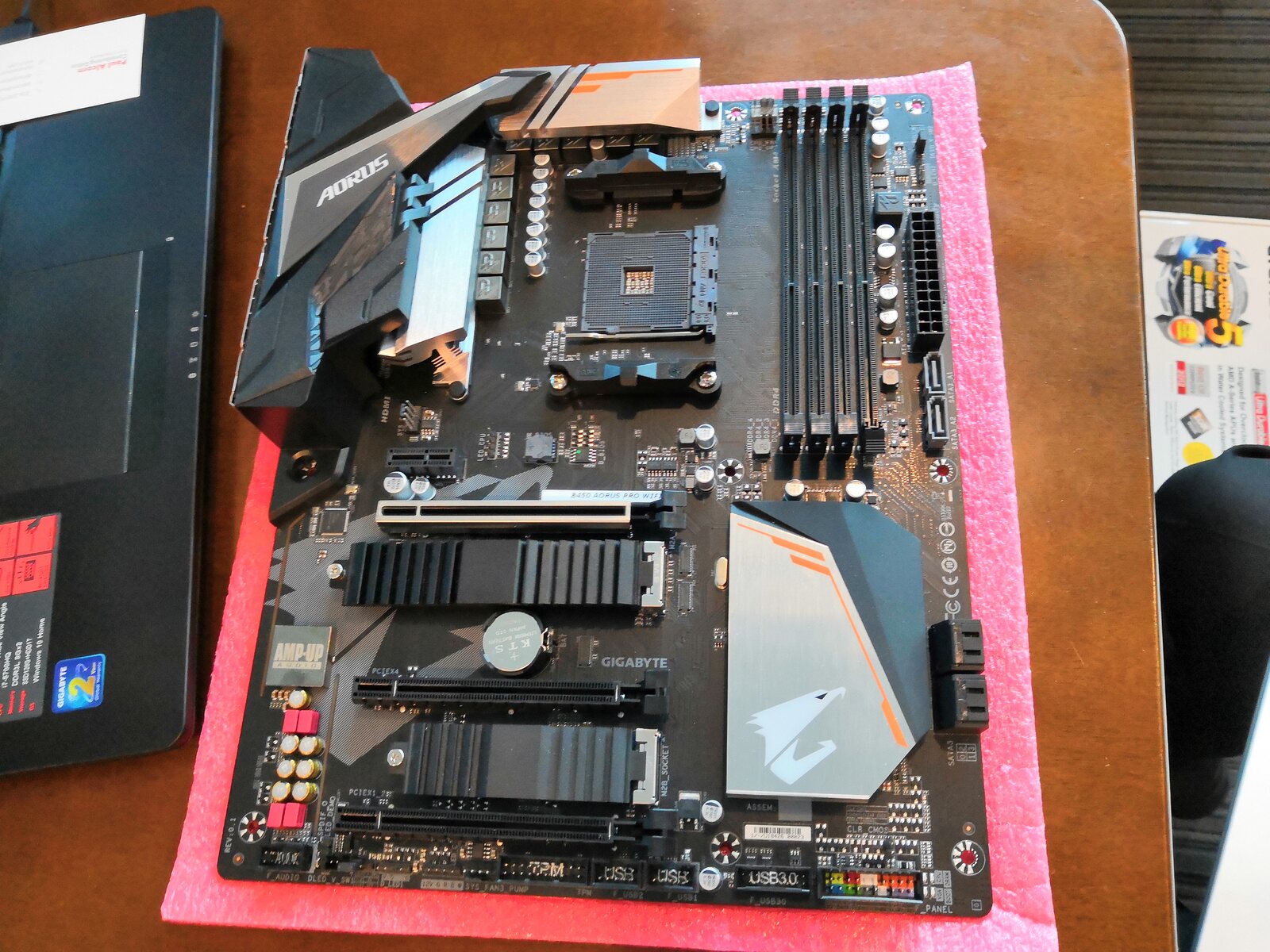Introduction
When it comes to keeping your computer cool and running efficiently, a key component is the case fans. These fans help to circulate air inside the computer case, preventing overheating and ensuring optimal performance. However, not all case fans are created equal, and you may find that the default fan speed on your Gigabyte motherboard is not meeting your needs.
Luckily, Gigabyte motherboards offer the ability to customize and control fan speeds to suit your preferences. By adjusting the fan speed, you can strike a balance between cool temperatures and low noise levels, ensuring that your system remains in the optimal operating range.
In this guide, we will walk you through the steps to set the fan speed on your Gigabyte motherboard. Whether you are a seasoned computer enthusiast or a novice, you will learn how to access the BIOS and navigate to the fan settings with ease. We will also provide additional tips to help you fine-tune the fan speed to enhance your computer’s performance and longevity.
Before we dive into the process, it’s important to note that altering the fan speed settings involves accessing the BIOS. The BIOS (Basic Input/Output System) is a firmware interface that allows you to make changes to your motherboard’s hardware settings. It is crucial to exercise caution and follow the instructions carefully to avoid any unintended consequences.
Now, let’s get started and take control of your Gigabyte motherboard’s fan speed to optimize your computer’s cooling and performance.
Understanding Fan Speed Control
Before we delve into the steps to set the fan speed on your Gigabyte motherboard, it’s essential to understand how fan speed control works and why it is crucial for your computer’s performance.
Fan speed control allows you to regulate the rotational speed of the case fans installed in your computer. By adjusting the fan speed, you can directly impact the airflow within your computer system, which in turn affects the cooling efficiency and noise levels.
Typically, case fans operate at various speeds measured in revolutions per minute (RPM). Higher fan speeds result in increased airflow and better cooling but can also generate more noise. On the other hand, lower fan speeds reduce noise levels but may not cool the components as effectively.
Many Gigabyte motherboards offer several fan headers, allowing you to connect multiple case fans directly to the motherboard. Each fan header can control the fan speed independently. This feature enables you to customize the fan speed for specific areas of your computer, such as the CPU, GPU, and case fans.
With Gigabyte motherboards, you can control the fan speed either through the BIOS or Gigabyte’s system utility software, such as the Gigabyte App Center. While the software option provides a user-friendly interface, accessing the BIOS offers more advanced customization options.
It is important to note that not all Gigabyte motherboards have the same fan control capabilities. Depending on the model, you may have access to varying levels of control, including basic fan speed adjustment or more advanced options like temperature-based fan curves.
By manipulating the fan speed control, you can strike a balance between optimal cooling performance and noise levels that suit your preferences. For example, you may want to ramp up the fan speed during intense gaming sessions or CPU-heavy tasks to ensure the components stay cool. Conversely, you can lower the fan speed during less demanding activities to reduce noise levels.
Now that we have a better understanding of fan speed control and its importance, let’s proceed to the next section to learn how to access the BIOS on your Gigabyte motherboard and navigate to the fan settings.
Step 1: Accessing the BIOS
To begin configuring the fan speed on your Gigabyte motherboard, you first need to access the BIOS. The BIOS is a firmware interface that allows you to make changes to various hardware settings on your motherboard, including fan control.
Here are the steps to access the BIOS:
- Restart your computer or power it on if it’s currently off.
- As the computer boots up, look for the key prompt to access the BIOS. The specific key may vary depending on your motherboard model, but common keys include Del, F2, or F10. Some Gigabyte motherboards may also require you to press Fn + F2 or Fn + F10 if you are using a laptop.
- Press the designated key repeatedly as soon as the manufacturer’s logo or initial screen appears. Timing is crucial here, so keep pressing the key until the BIOS screen appears.
- If you missed the opportunity to access the BIOS, don’t worry. You can restart the computer and try again. Some systems may display a message like “Press [key] to enter setup” at the bottom of the screen, providing a brief window of time to access the BIOS.
Once you have successfully accessed the BIOS, you can move on to the next step to navigate to the fan settings and configure the fan speed on your Gigabyte motherboard.
Step 2: Navigating to the Fan Settings
Now that you have accessed the BIOS on your Gigabyte motherboard, it’s time to navigate to the fan settings. This will allow you to customize and control the fan speed according to your preferences.
Follow these steps to find the fan settings in the BIOS:
- Use the arrow keys on your keyboard to navigate through the BIOS menus. The exact layout and options may vary depending on your Gigabyte motherboard model.
- Look for a tab or menu option related to “Hardware Monitor” or “PC Health Status”. This is where the fan settings are typically located.
- Select the “Hardware Monitor” or “PC Health Status” option and press Enter to enter the sub-menu.
- Within the hardware monitor settings, you should find a list of the connected fans. Each fan header on your motherboard will be listed separately.
- Highlight the fan header you wish to adjust and press Enter.
Once you have selected the fan header, you will have access to a range of options for that specific fan. These options may include the fan speed control mode, such as “Auto”, “Manual”, or “PWM Mode”. Select the desired control mode based on your preference.
Some Gigabyte motherboards also offer additional features like temperature-based fan curves. This allows you to set different fan speeds based on the temperature of specific components. If your motherboard supports this feature, you can explore the temperature settings and adjust the fan curve accordingly.
After making the necessary adjustments to the fan settings, navigate to the “Save and Exit” menu option and save the changes you made to the BIOS settings. You can typically do this by selecting “Save Changes and Exit” or pressing the applicable key specified on the screen.
With the fan settings configured, you can move on to the next step to fine-tune the fan speed on your Gigabyte motherboard.
Step 3: Configuring the Fan Speed
Now that you have navigated to the fan settings in the BIOS of your Gigabyte motherboard, it’s time to configure the fan speed according to your preferences. This step will allow you to fine-tune the fan speed to strike a balance between efficient cooling and noise levels.
Follow these steps to configure the fan speed on your Gigabyte motherboard:
- Ensure that you are in the fan settings menu within the BIOS, as described in the previous step.
- Based on the fan control mode selected, you may have different options to adjust the fan speed. If you are in “Auto” or “PWM Mode”, the fan speed will be automatically controlled by the system based on temperature. In this case, you may not have direct control over the fan speed.
- If you have selected “Manual” mode, you will typically see an option to adjust the fan speed percentage. Use the arrow keys on your keyboard to increase or decrease the fan speed percentage to your desired level.
- As you make adjustments, take note of the corresponding RPM (revolutions per minute) values displayed on the screen. This will give you an indication of the fan speed and can help you fine-tune the settings.
- It’s important to strike a balance between cooling performance and noise levels. Higher fan speeds provide better cooling, but they may generate more noise. Conversely, lower fan speeds reduce noise but may impact cooling efficiency. Experiment with different fan speed percentages to find the optimal balance for your system.
- Once you have made the necessary adjustments to the fan speed, navigate to the “Save and Exit” menu option in the BIOS and save the changes.
After saving the changes, your Gigabyte motherboard will apply the new fan speed settings. Monitor your system’s temperatures and listen for any noticeable changes in fan noise. If needed, you can go back to the BIOS and make further adjustments until you find the ideal fan speed for your specific requirements.
Remember that fan speed control is a powerful tool to optimize cooling and noise levels in your computer. However, it’s important to monitor your system’s temperatures regularly, especially during demanding tasks, to ensure that your components stay within safe operating limits.
Now that you have successfully configured the fan speed on your Gigabyte motherboard, you can enjoy improved cooling and quieter operation, allowing your computer to perform at its best.
Additional Tips for Fan Speed Control
Now that you have learned how to set and configure the fan speed on your Gigabyte motherboard, here are some additional tips to optimize your fan speed control:
- Monitor Your System’s Temperatures: Keep an eye on your computer’s temperatures, especially while running demanding tasks or playing resource-intensive games. Use monitoring software or built-in utilities to ensure that your components are staying within safe temperature ranges. Adjust the fan speed settings accordingly to maintain optimal cooling.
- Consider Temperature-Based Fan Curves: If your Gigabyte motherboard supports temperature-based fan curves, take advantage of this feature. By setting custom curves for specific components, you can ensure that the fan speeds are adjusted according to the temperature, providing efficient cooling when needed.
- Regularly Clean and Maintain Your Fans: Over time, dust and debris can accumulate on your case fans, reducing their efficiency and increasing the noise levels. Regularly clean your fans using compressed air or a soft brush to remove any debris. This will improve airflow and help maintain optimal performance.
- Upgrade to High-Performance Fans: If you find that the default case fans are not providing sufficient cooling or are too noisy, consider upgrading to high-performance fans. Look for fans with better airflow and lower noise levels to improve your system’s cooling efficiency.
- Experiment and Fine-Tune: Fan speed control is not a one-size-fits-all solution. Every computer system is unique, and preferences for cooling and noise levels vary. Don’t be afraid to experiment with different fan speed settings and fine-tune them to achieve the optimal balance for your specific needs.
By implementing these additional tips, you can further enhance the effectiveness of fan speed control on your Gigabyte motherboard, ensuring that your system remains cool, quiet, and performing at its best.
Conclusion
Congratulations! You have successfully learned how to set the fan speed on your Gigabyte motherboard, allowing you to optimize cooling performance and reduce noise levels in your computer system.
By accessing the BIOS and navigating to the fan settings, you gained control over your case fans and customized their speed according to your preferences. Whether you prefer automated control modes or manual adjustment, you can now strike the perfect balance between cooling efficiency and noise levels.
Remember to monitor your system’s temperatures regularly, especially during demanding tasks, to ensure that your components remain within safe operating limits. Adjust the fan speed settings if needed to maintain optimal cooling performance.
Additionally, consider employing temperature-based fan curves if your Gigabyte motherboard supports this feature. This allows for even more precise control by adjusting fan speeds based on specific component temperatures, ensuring efficient cooling when necessary.
Lastly, don’t forget to regularly clean and maintain your case fans to keep them performing at their best. Removing dust and debris will help maintain optimal airflow and reduce noise levels.
With these newfound skills and additional tips, you are now equipped to optimize the fan speed on your Gigabyte motherboard and create an ideal cooling environment for your computer system.
Enjoy the benefits of improved cooling efficiency and a quieter computing experience as you take full control of your fan speed settings. Keep experimenting and fine-tuning to find the optimal balance that suits your specific needs and preferences.
So go ahead, dive back into your BIOS and tailor your fan speed settings to enhance your computer’s performance and prolong its lifespan.







